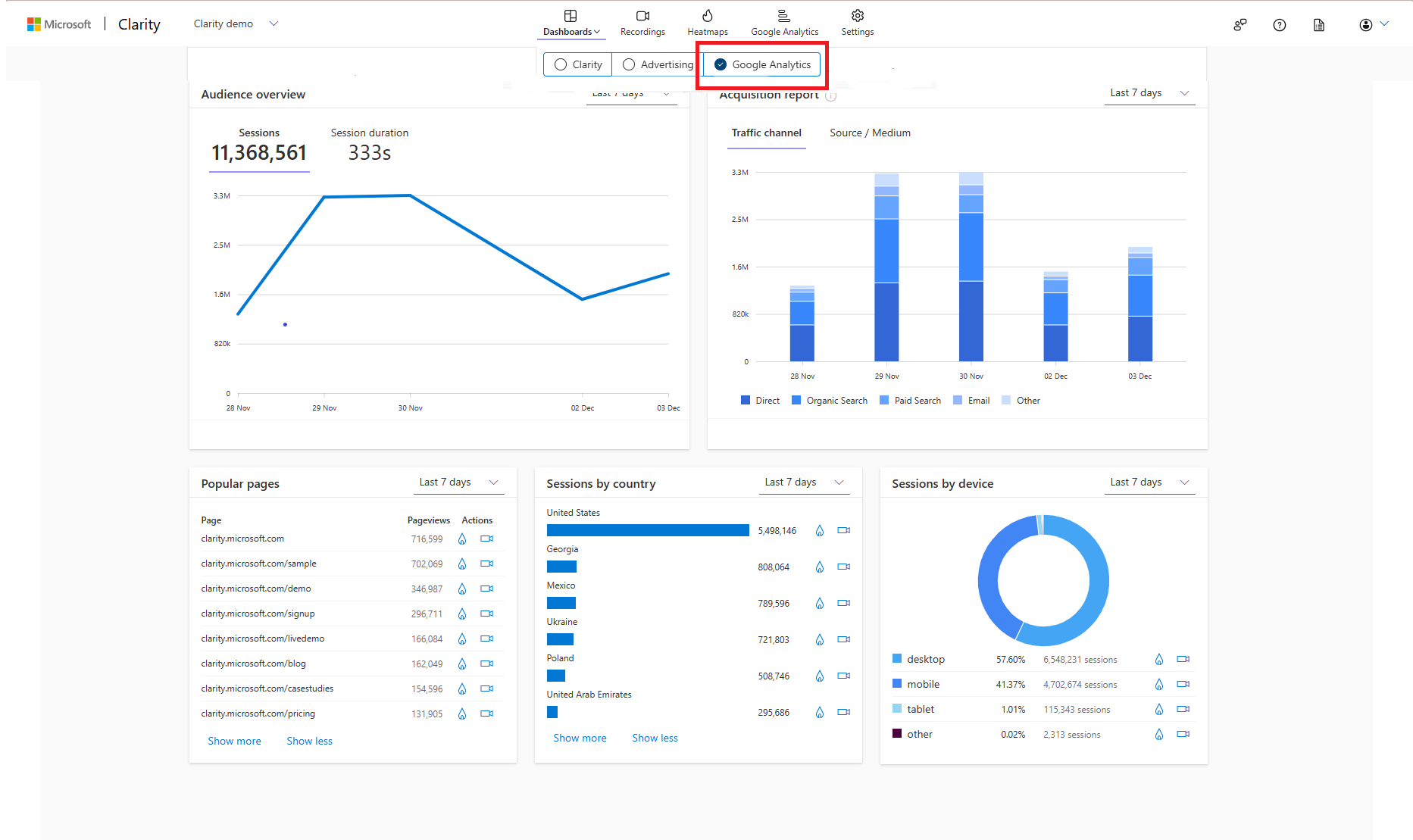Discover Australia's Finest
Explore the latest news, insights, and stories from down under.
Google Analytics Secrets You Didn't Know Existed
Unlock hidden features of Google Analytics that can supercharge your insights and boost your traffic. Discover the secrets now!
Uncovering the Hidden Features of Google Analytics: What You're Missing
Google Analytics is a powerful tool that offers much more than just basic traffic stats. Many users focus solely on page views and session durations, missing out on hidden features that can significantly enhance their data analysis. One of these features is Enhanced E-commerce tracking, which allows you to monitor user behavior related to product impressions, clicks, and transactions. By implementing this feature, you can gain insights into the entire shopping experience, identifying which products captivate your audience and which ones fall flat.
Another underrated aspect of Google Analytics is the User Explorer report. This feature enables you to analyze individual user journeys across your website, providing a granular view of user behavior. With this data, you can segment users based on actions they take, such as pages viewed or goals completed, helping you to tailor your marketing strategies more effectively. Whether you're looking to improve user engagement or increase conversions, leveraging these hidden features can empower you to make informed decisions and optimize your online presence.

5 Little-Known Google Analytics Hacks to Boost Your Website Performance
Unlocking the full potential of Google Analytics can significantly enhance your website's performance. Here are five little-known hacks that can give you a competitive edge. First, consider setting up Custom Alerts. By going to the Admin panel, you can specify conditions that will notify you about significant changes in traffic patterns or user behavior. This proactive approach allows you to address issues in real-time and improve your site's performance.
Another powerful feature is the use of Advanced Segments. This tool allows you to analyze different subsets of your traffic, such as organic search visitors versus paid search visitors. By applying segments, you can identify which channels yield the best results and tailor your marketing strategies accordingly. Additionally, integrating Event Tracking can measure specific interactions on your site, such as video plays or downloads, providing deeper insights into user engagement and content performance.
Is Your Google Analytics Data Accurate? Surprising Secrets to Find Out
In today's digital landscape, ensuring the accuracy of your Google Analytics data is crucial for making informed business decisions. Many users unknowingly fall victim to data discrepancies caused by factors such as bot traffic, misconfigured filters, or even incorrect tracking code implementation. To uncover the truth behind your analytics, start by examining the source of your traffic. Check for unusual spikes in visits from unknown geographical locations, which may indicate that bots are skewing your numbers. Regular audits are essential—looking into your conversion rates and bounce rates can reveal discrepancies that warrant further investigation.
Another surprising secret to validating your Google Analytics data lies in the use of Event Tracking. By implementing custom event tracking for specific user interactions, such as downloads or video plays, you can gain deeper insights into user behavior. Additionally, consider cross-referencing your Google Analytics data with other analytics tools or your server logs to identify inconsistencies. Using a combination of methods not only enhances your data’s reliability but also improves your overall digital strategy. Keep a vigilant eye on these factors, and you’ll be better equipped to trust the data that drives your marketing efforts.